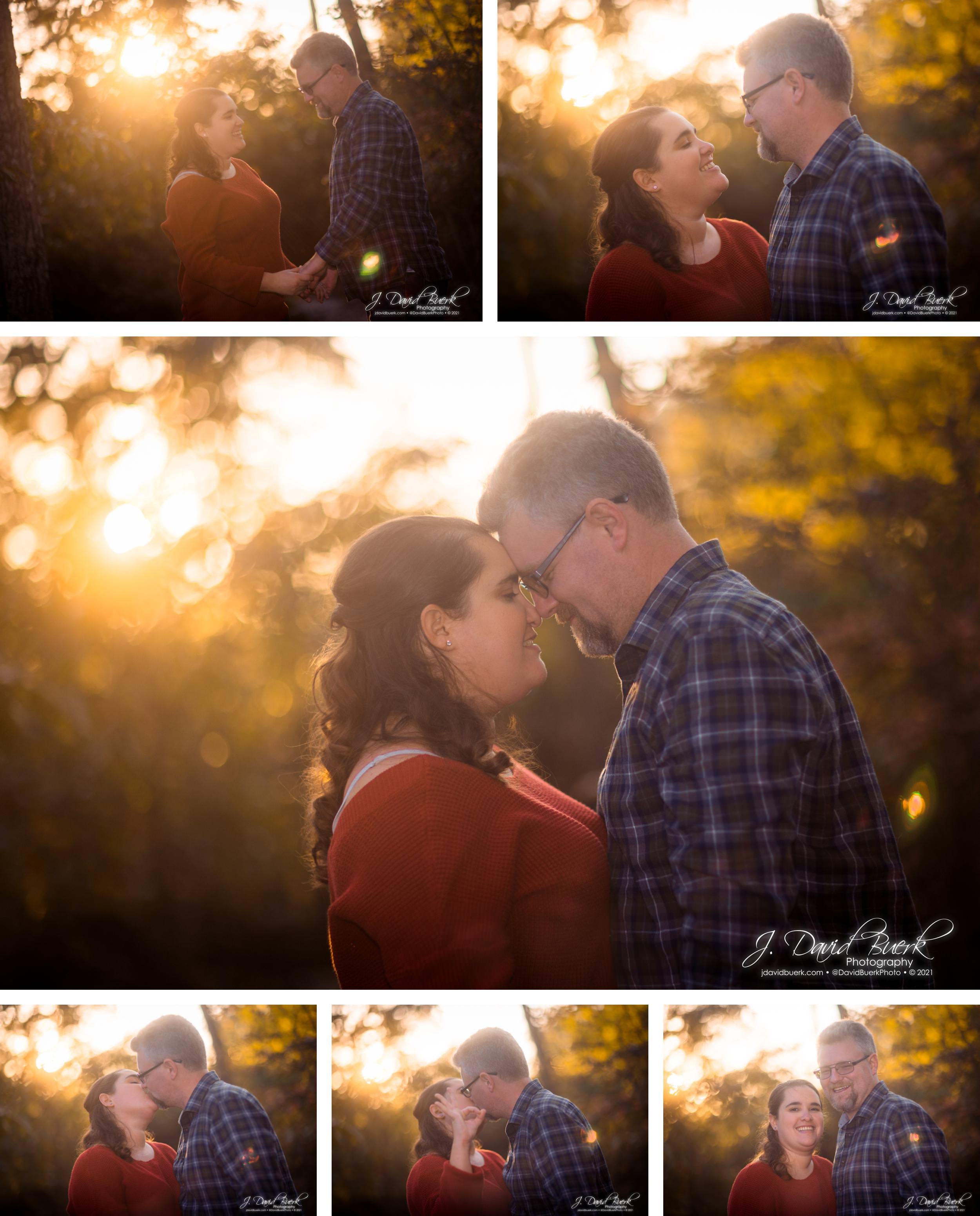For as long as I’ve practiced photography, I’ve had an off-and-on relationship with film. As a child, digital cameras didn’t exist yet for the consumer market, so my first camera was a cheap Kodak C400 point-and-shoot that used the short-lived Kodak Advantix APS film format: a now-discontinued film format that was meant to modernize and simplify film photography for the entry-level consumer. The APS format, aside from its 1.6x crop factor limiting its resolution compared to 135 film, was quite progressive in its ability to store exposure and print metadata magnetically on the film, similar to cinematography formats, but was discontinued not long after its introduction as digital cameras became more prevalent.
In college I learned to develop, process, and print film with traditional darkroom practices, which I found relaxing, but only for fun, as I’d been shooting digitally for years at that point. Since then, I only shoot film for fun, embracing its imperfection as beauty, and its pastel color palette influencing my digital retouching style to some extent. Flash forward to today, and while I’d always been fascinated by the Polaroid format, I’d never even shot a single Polaroid until I treated myself to a Polaroid instant camera for my birthday in 2020. I’ve found it to be an even more enjoyable film format than traditional 35mm film, because who doesn’t love instant gratification in the Instagram age - Instagram’s icon is even based off the design of a Polaroid camera.
The Polaroid format is just fun; not only do you have results “instantly” (it takes about 10min for the image to develop), but there’s a delight in being able to give people prints on-the-spot; oftentimes, in the Instagram age, even though a digital image may be more “perfect,” it’s the imperfect, moment captured physically that we remember the most.
At the start of one of my long-distance runs, I found a rare spot in the US: A Daihatsu Rocky with the 5 speed manual in Marine Blue, a color that was only offered in 1992. Mostly sold in other countries, Daihatsu only sold vehicles in the US from 1987 to 1992, only selling 3 models: The Charade, Rocky, and their possibly most known vehicle in the US among enthusiasts, the Hijet cabover microvan / kei truck. The Rocky was powered by the same 94HP I4 engine that powered the Charade, and was offered with a 5 speed manual or 4 speed automatic transmission providing power to all four wheels. In 1992 ten color options were offered, and the choice of a removable soft top, or hard top with removable panels was offered. Being the car and photo geek I am, I took a Polaroid of it and left it as a gift to the owner; anyone who owns this has to be an interesting car geek.
This is how I met Chris and Ilana… and I was right: they’re even bigger car geeks than I am! A few months after I took this photo, they found me and as it turned out were recently engaged and looking for a photographer to capture their engagement and wedding. We met to go over details, but ended up talking for hours about cars we’ve owned, driven, and wrenched on. Cars aren’t just a hobby for Chris; he rebuilds classic cars to their original condition with frame-off restorations by day, and builds vehicles in his own collection with Ilana for racing, cruising, and showing on their off time. Chris and Ilana even have a spunky pupper named Maverick!
This Fall, we’d planned to shoot an engagement session including their beloved Daihatsu Rocky, even discussing going off-roading in it to get pictures with it in its natural habitat. Unfortunately, being the uncommon bird it is in North America, its natural habitat has instead been more in the shop, as parts are hard to come by for an older and barely sold truck in the US - its estimated that only three are still in existence on the East Coast, with Chris and Ilana’s being the only one that still runs and drives. The day of our shoot, the Rocky’s leaky radiator gave out, sadly sidelining it out of the photoshoot, but we still made the best of the day hiking around the Virginia shoreline at sunset.














